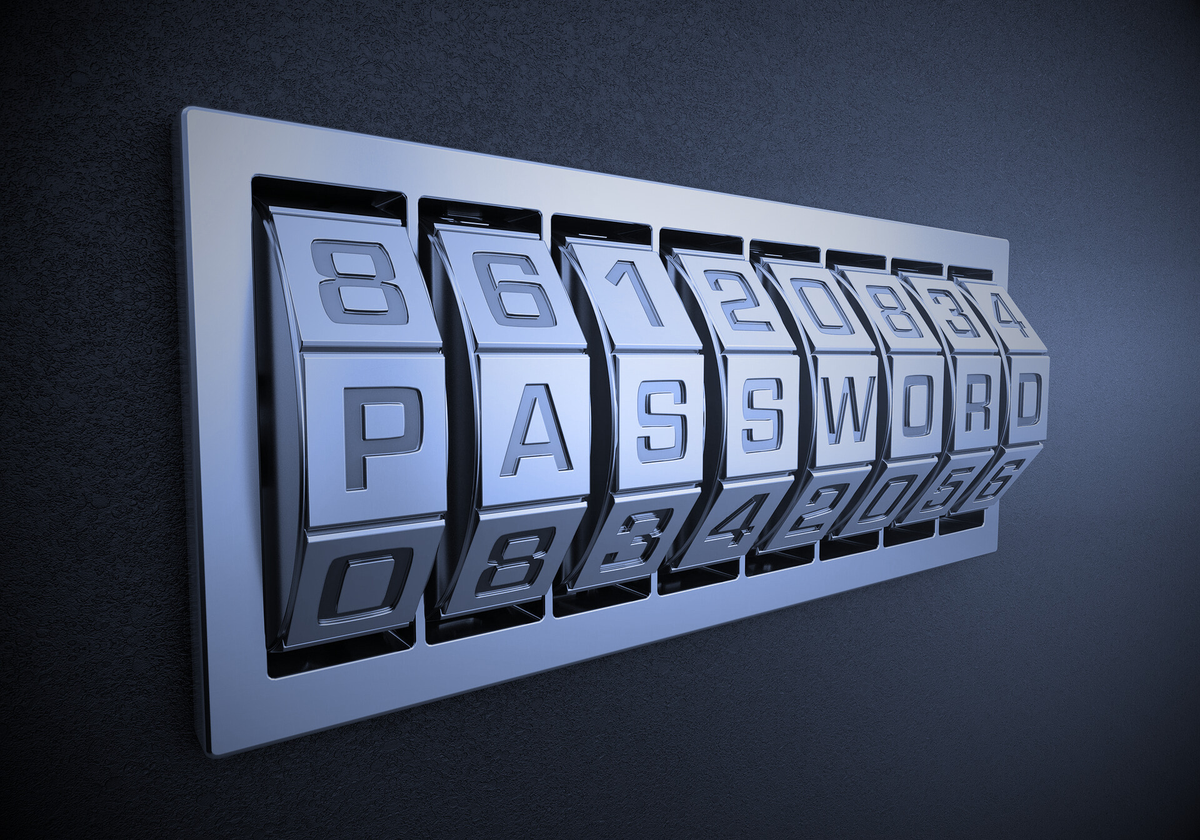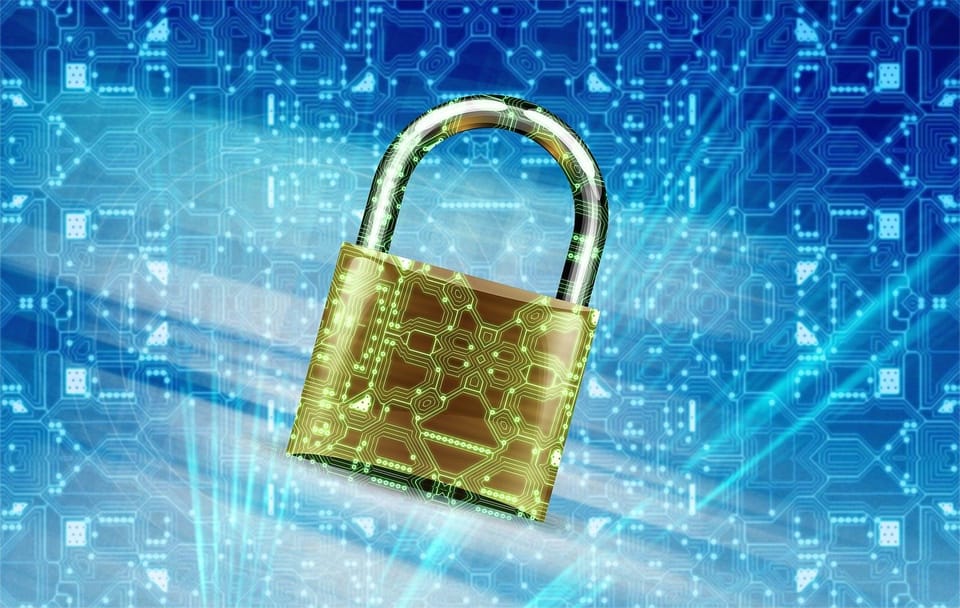Not Grandma's Birthday? Magnanimity Abounds, Cyber Chess, Flaws in the System, Good Trouble, and Understanding the Dance. It's CISO Intelligence for Wednesday, 25th June 2025.
Step by step...by step, getting that warm, fuzzy feeling, another brick in the wall - and then one pops out, gumming up the works, and the protection shuffle.

Table of Contents
- Passwords are so Yesterday: Unmasking the Multifactor Authentication Conundrum
- Google Gets Generous: The AI Allyship Angle
- Between Buzz and Reality: The CTEM Conversation We All Need
- New FileFix Attack: When Windows Explorer Takes the Sneak Route
- A Laughing Matter: "Miners' Downfall Through XMRogue Hijinks"
- Attack Surface Management vs. Vulnerability Management: A Digital Tug-of-War
Passwords are so Yesterday: Unmasking the Multifactor Authentication Conundrum
Passwords are like fashion. At a certain point, you just can’t wear them out anymore.
What You Need to Know
In a world where cyber threats lurk around every digital corner, the move toward multifactor authentication (MFA) is as critical as avoiding socks with sandals. Undoubtedly, this is a need-to-know wake-up call for any executive group. Today, we unravel the latest strategies in multifactor authentication and reveal why simply relying on passwords is akin to locking a mansion with a pushpin. Your mission: Revamp your cybersecurity approach to include robust multifactor authentication protocols and pose a checklist of questions for both vendors and internal teams to ensure seamless integration and unyielded security.
CISO Focus: Authentication and Access Control
Sentiment: Strong Positive
Time to Impact: Immediate
Multifactor Authentication: Today's Cybersecurity Umbrella
In the digital age, cybersecurity is not just an option; it's the life preserver of your business's data integrity. Multifactor authentication stands as a bulwark against unauthorized access, promising a future where the dreaded password breach becomes yesterday’s worry. In this analysis, we outline the latest MFA strategies and use-cases that reinforce why embracing this approach is both good security and good business.
Heading off Cyber Thieves
-
Multifactor Authentication (MFA): By incorporating multiple forms of verification such as something you know (password), something you have (security token), and something you are (biometrics), MFA ensures that not even a clever, tech-savvy cyber-villain can easily penetrate your defenses.
-
Examples and Strategic Use Cases: Companies worldwide leverage MFA in various forms—an app-generated OTP, duo push notifications, or even sophisticated biometric scans. As cited in industry research, these strategies have drastically reduced unauthorized access incidents (Techtarget).
MFA in the Workplace: The Business Need
-
Balancing Security and Convenience: While underlying fear exists that security might come at the expense of convenience, MFA advances suggest otherwise. Few can argue the sensibility of securing sensitive data with a two-second thumbprint over typing a 15-character password.
-
Customer Confidence: Embracing MFA shows customers a commitment to protecting their data, enhancing brand loyalty. Techtarget's industry insights confirm an increase in consumer trust with the adoption of MFA protocols.
The Tricks of the Trade
-
Choosing an MFA Method: The debate app-based vs. hardware-based solutions—or a hybrid mix—rests on the business type and sensitivity of data in question. High-value targets, such as banks, favor multiple methods to layer security.
-
Strategic Implementation: Successful MFA adoption hinges on smooth integration into existing systems. Investment in employee training and consumer education is paramount in avoiding friction during the transition phase.
Get with the MFA Program
Ask not how your security can protect you, ask how you can protect your security. Adopting multifactor authentication is your answer—your shield, your sword, and ultimately, your reputation’s safeguard against the unruly beast of cybercrime.
Vendor Diligence Questions
- How does your MFA solution integrate with existing systems and what are the average implementation timeframes?
- What is your company's protocol for security updates and response times in the advent of new vulnerabilities?
- Can your solution scale with increased user bases or complex organizational needs?
Action Plan
- Set Goals: Establish what level of security is necessary for varying departments and prioritize MFA integration.
- Vendor Selection: Engage with vendors who can tailor solutions specific to your infrastructural needs and provide stellar ongoing support.
- Employee Training: Implement a plan to familiarize all staff with the new MFA procedures, emphasizing minimizing disruption.
- Monitor and Evaluate: Regularly assess MFA effectiveness and encourage feedback loops from end-users for continuous improvement.
Source: Multifactor authentication: 5 examples and strategic use cases




